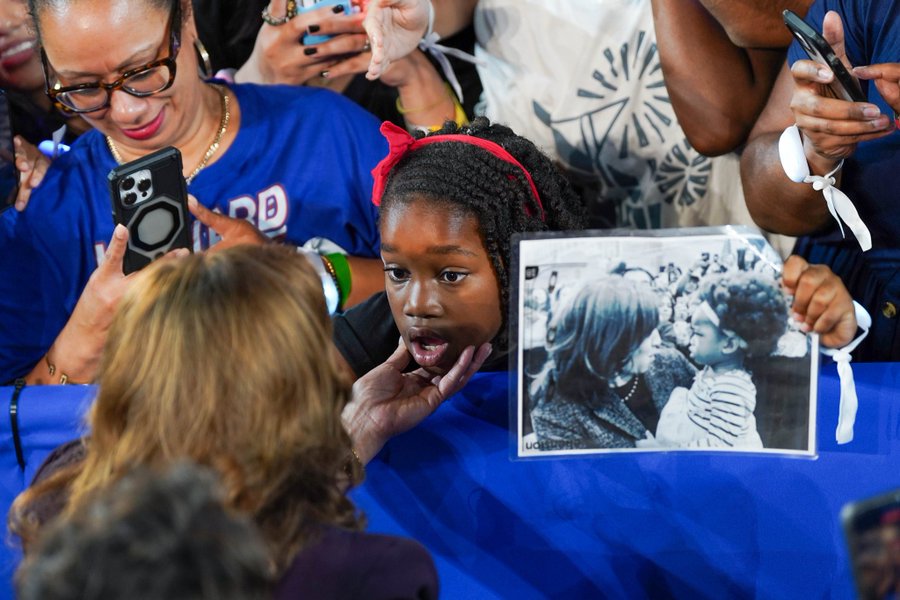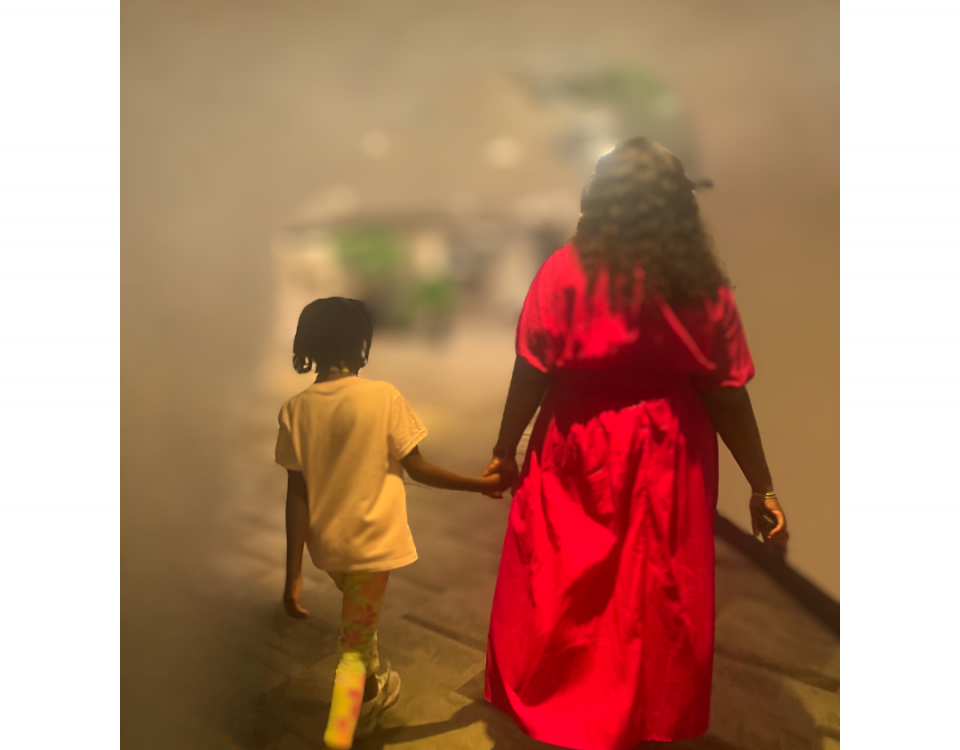
A Refining Resilience
January 18, 2025The Equity Lens: Centering Social Justice in Youth Programs

Equity-centered education isn’t just a mission—it’s a necessity. In the field of education and youth development, we are not just teaching STEM, literacy, or life skills. We are shaping futures, fostering resilience, and ensuring that students see themselves not by a condition or label, but as a force for change.
Yet, in this current political climate, the language of equity is being weaponized. Terms like anti-racism and Critical Race Theory (CRT) are being misrepresented, twisted into scare tactics designed to silence conversations about systemic injustice. But let’s be clear: these frameworks are not threats—they are tools of truth.
What CRT Really Is (And Why It Matters for Our Work)
Critical Race Theory, developed in the 1970s by legal scholars like Derrick Bell, is not about teaching kids to dislike others or to feel guilty. It is a framework that helps us examine how racism is embedded in institutions, laws, and policies—not just in individual actions. It asserts that race is a social construct, not a biological fact, and that racial disparities are sustained through structures of power.
Bell’s Faces at the Bottom of the Well was the book that introduced me to CRT as a freshman at Michigan State University. His use of counter-storytelling—giving voice to those historically silenced—was transformative. It helped me understand that if we are serious about justice, we must tell the truth about history and its continued impact. And in youth programs, we must ensure that students see themselves as agents of change, that their very existence is a form of resistance.
CRT, alongside an anti-racist intersectional framework, allows us to shift from reactive responses to proactive, justice-centered program design. It provides a way to recognize how different identities—race, gender, class—intersect and shape experiences. And in student-centered programs, this means ensuring that our students receive more than just an education; they receive holistic support that affirms their full humanity.
Defining Students by Their Aspirations, Not Their Conditions
Too often, the language of equity work focuses on what students lack rather than who they are becoming. We hear:
- “Underrepresented in STEM.”
- “Disadvantaged youth.”
- “Students from at-risk communities.”
Yes, systemic barriers exist. But students should not be defined by them. Instead, we should say:
- “Future scientists, engineers, and innovators.”
- “Students driven by curiosity and talent.”
- “Young leaders shaping the world.”
When we shift from deficit-based language to aspirational framing, we challenge the very narratives that sustain inequality. This isn’t just semantics—it’s a strategy for liberation.
Holistic Support: Beyond Numbers to Real-World Impact
Equity-focused youth programming must go beyond increasing participation numbers. It must fundamentally change material realities for students. This means:
- Providing economic justice—ensuring opportunities lead to real-world career mobility.
- Fostering resilience, confidence, and emotional well-being, not just academic success.
- Creating spaces of belonging where students see themselves reflected and valued.
- Designing collaborative, justice-centered learning experiences that encourage students to build community across differences.
Because community is not just a social good—it is a necessary structure for justice.
The Call to Action: Don’t Choose Fear
Recent attacks on Diversity, Equity, and Inclusion (DEI) efforts, like the recent Dear Colleague Letter threatening funding for universities and schools that maintain DEI programs, have left many educators and program leaders at a crossroads. Some organizations are shifting their language, hoping to fly under the radar. Others, like mine, are holding the line.
Here’s my message: Do not choose fear.
Justice work has never been easy. But it has always been necessary. Our work is not just about enrichment; it is about liberation. The young people we serve today will carry these lessons into their fields—whether in STEM, politics, business, or the arts.
So, we must ask ourselves: What seeds are we planting? Are we cultivating the next generation of leaders who will dismantle oppression, or are we reinforcing the status quo?
The choice is ours. And the work starts now.
Resources:
- Faces at the Bottom of the Well by Derrick Bell
- The Dreamkeepers: Successful Teachers of African American Children by Gloria Ladson-Billings
- Critical Race Theory: An Introduction by Richard Delgado & Jean Stefancic
- When Affirmative Action was White by Ira Katznelson
Support local independent bookstores to purchase these items – See Source Booksellers in Detroit, Michigan.



